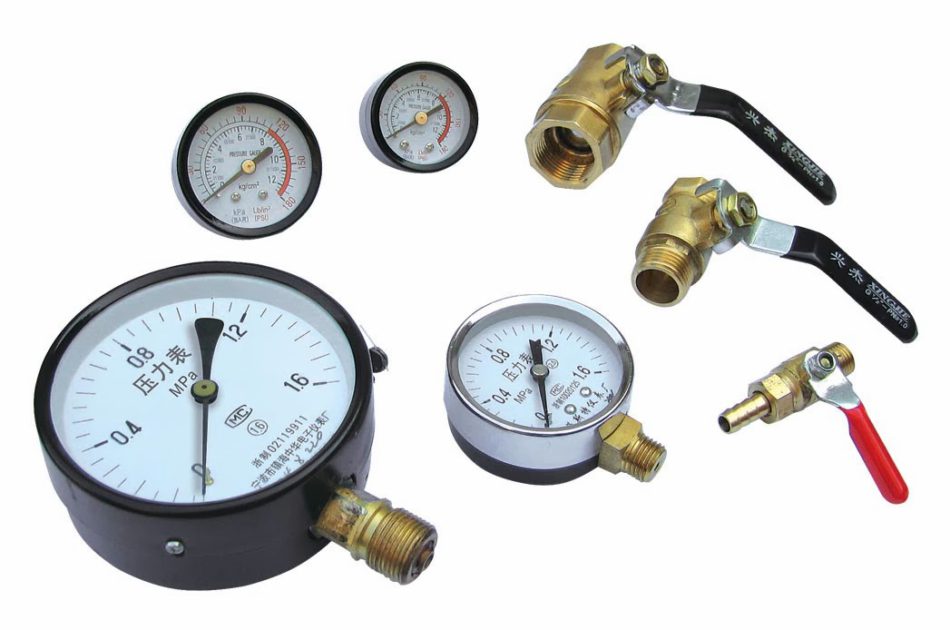An air compressor is a handy tool to have on the job site or at home but it is fairly useless without the right accessories. Here is a breakdown of the most recommended air compressor accessories in no particular order.
Hoses– While most compressors already come with a hose, they are often just an economy version. Many serious compressor users will want to upgrade to one with more capacity or one made with better materials. A higher-quality hose will prevent premature wear and tear from occurring before its natural lifespan ends.
Reels– In regards to an air compressor, reels are used to coil the hose in a circle for ease of storage. The reel should be rugged enough to withstand consistent use and moving around a work area. There are even reels available which are capable of locking the hose into a set interval to prevent unwanted movement.
Air Tools– Depending on the work being performed, one can choose between a vast array of air tools. These can include nail guns, drills, paint sprayers, or even sanders. That’s just for starters! Virtually any tool you can think of has a version that can be attached to an air compressor for more speed and power.
Miscellaneous Fittings and/or Adapters– These will be needed when attaching different types of hoses or tools. When buying these accessories, make sure to try and buy the anodized types as they are excellent at resisting corrosion.
Filter– Keeping quality air compressor filters is essential as a clogged filter can place undue stress upon the compressor motor. By ensuring that only name-brand air filters are used, and that they are changed at regular intervals to avoid becoming too dirty, the user is lengthening the lifespan of the air compressor itself.
Roll Cage– Last, but certainly not least, is the oft-forgotten roll cage. These are important as they protect the compressor from damage if it is being used on a hazardous work site or if there is great risk of it becoming punctured or dented. Look for foll cages that possess a canter of gravity that is low as this help to prevent the compressor from being knocked over.


